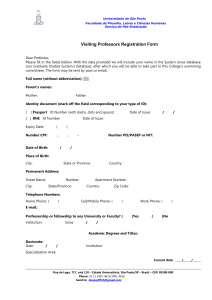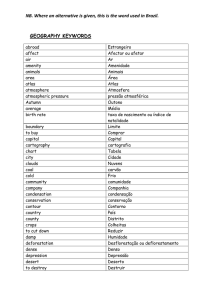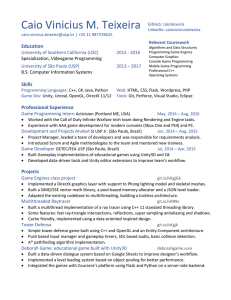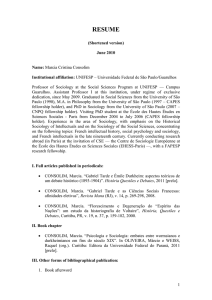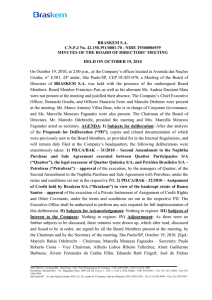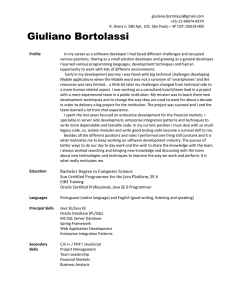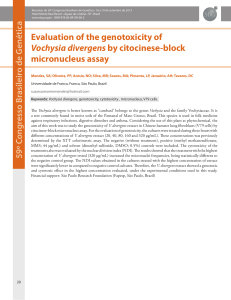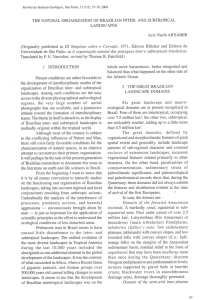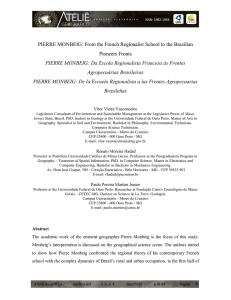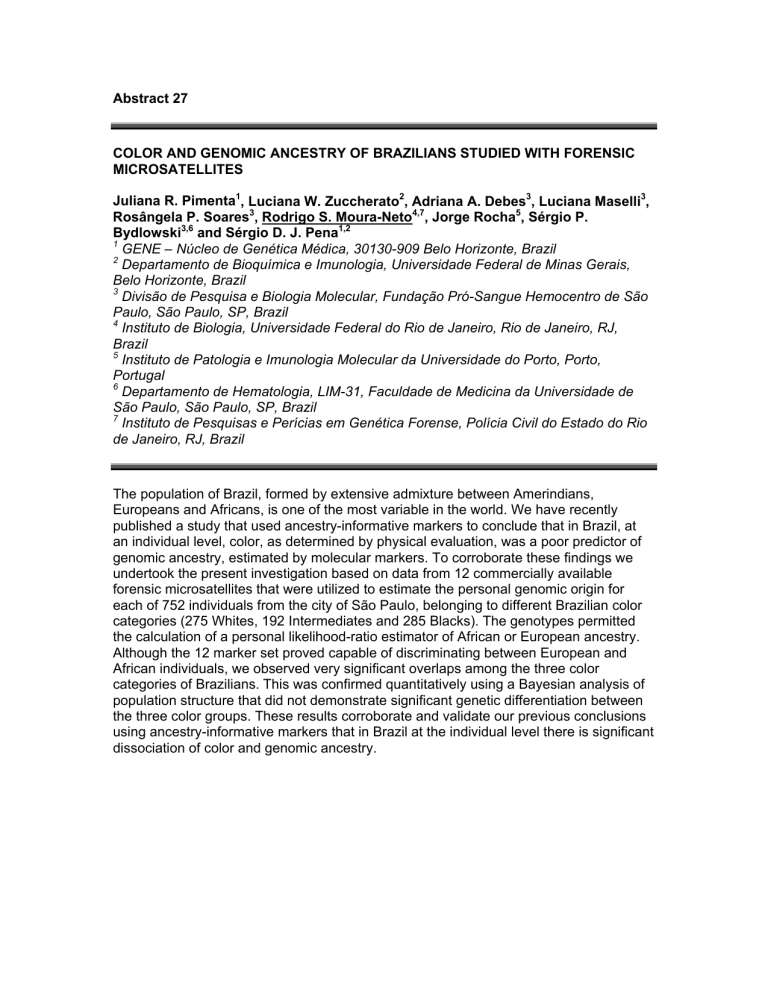
Abstract 27
COLOR AND GENOMIC ANCESTRY OF BRAZILIANS STUDIED WITH FORENSIC
MICROSATELLITES
Juliana R. Pimenta1, Luciana W. Zuccherato2, Adriana A. Debes3, Luciana Maselli3,
Rosângela P. Soares3, Rodrigo S. Moura-Neto4,7, Jorge Rocha5, Sérgio P.
Bydlowski3,6 and Sérgio D. J. Pena1,2
1
GENE – Núcleo de Genética Médica, 30130-909 Belo Horizonte, Brazil
2
Departamento de Bioquímica e Imunologia, Universidade Federal de Minas Gerais,
Belo Horizonte, Brazil
3
Divisão de Pesquisa e Biologia Molecular, Fundação Pró-Sangue Hemocentro de São
Paulo, São Paulo, SP, Brazil
4
Instituto de Biologia, Universidade Federal do Rio de Janeiro, Rio de Janeiro, RJ,
Brazil
5
Instituto de Patologia e Imunologia Molecular da Universidade do Porto, Porto,
Portugal
6
Departamento de Hematologia, LIM-31, Faculdade de Medicina da Universidade de
São Paulo, São Paulo, SP, Brazil
7
Instituto de Pesquisas e Perícias em Genética Forense, Polícia Civil do Estado do Rio
de Janeiro, RJ, Brazil
The population of Brazil, formed by extensive admixture between Amerindians,
Europeans and Africans, is one of the most variable in the world. We have recently
published a study that used ancestry-informative markers to conclude that in Brazil, at
an individual level, color, as determined by physical evaluation, was a poor predictor of
genomic ancestry, estimated by molecular markers. To corroborate these findings we
undertook the present investigation based on data from 12 commercially available
forensic microsatellites that were utilized to estimate the personal genomic origin for
each of 752 individuals from the city of São Paulo, belonging to different Brazilian color
categories (275 Whites, 192 Intermediates and 285 Blacks). The genotypes permitted
the calculation of a personal likelihood-ratio estimator of African or European ancestry.
Although the 12 marker set proved capable of discriminating between European and
African individuals, we observed very significant overlaps among the three color
categories of Brazilians. This was confirmed quantitatively using a Bayesian analysis of
population structure that did not demonstrate significant genetic differentiation between
the three color groups. These results corroborate and validate our previous conclusions
using ancestry-informative markers that in Brazil at the individual level there is significant
dissociation of color and genomic ancestry.

